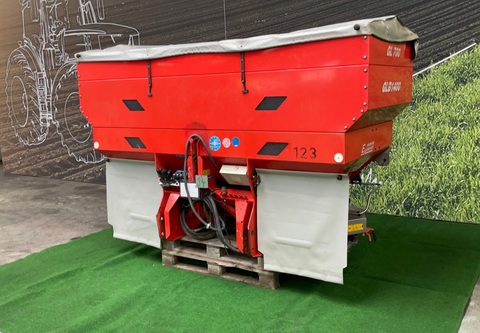
-30 %
6.588 €incl. VAT 20% Instead of:9.411,60 €
- YOM 2007
Klassifizierung: Gebrauchtmaschine; Bearbeitete Fläche in ha: 50; Seriennummer/Fahrgestellnummer: 13372; Behältervolumen: 3100; Arbeitsbreite: 24; Bauart: Angebaut;
Premium Gold dealer

-30 %
6.588 €incl. VAT 20% Instead of:9.411,60 €
Klassifizierung: Gebrauchtmaschine; Bearbeitete Fläche in ha: 50; Seriennummer/Fahrgestellnummer: 13372; Behältervolumen: 3100; Arbeitsbreite: 24; Bauart: Angebaut;
Premium Gold dealer
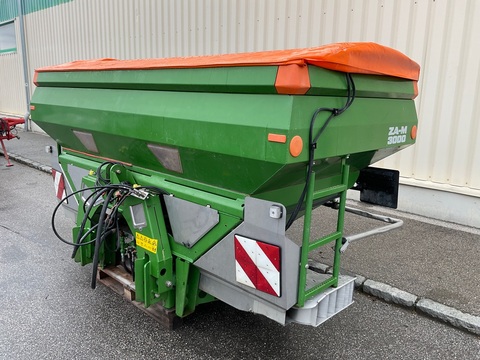
-30 %
9.480 €incl. VAT 20% Instead of:13.543,20 €
Klassifizierung: Gebrauchtmaschine; Bearbeitete Fläche in ha: 1; Seriennummer/Fahrgestellnummer: ZAM0051610; Behältervolumen: 3500; Arbeitsbreite: 36; Bauart: Angeba
Premium Gold dealer
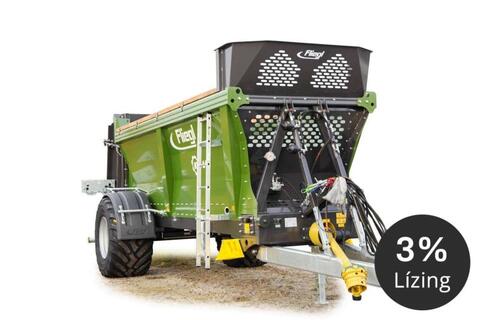
Price on request
Fliegl KDS 140 (kb. 14 m³) Tiefbett láncos trágyaszóró, egytengelyes ÚJ, KEDVEZŐ ÁRON, GARANCIÁVAL!FLIEGL KDS 140 (KB. 14 M³) TIEFBETT LáNCOS TRáGYASZóRó, EGYTEN
Gépközvetítő Kft.
7400 Kaposvár, Hungary

Premium Plus dealer
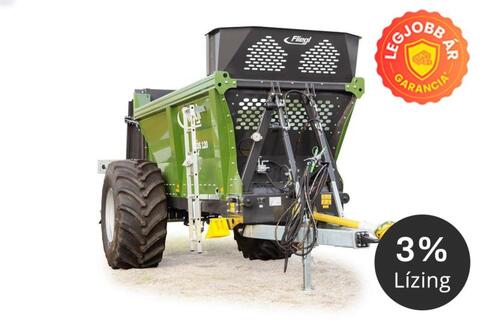
59.995 €
KDS 120 DEMO láncos trágyaszóró ÚJ, KEDVEZŐ ÁRON, GARANCIÁVAL!KDS 120 DEMO LáNCOS TRáGYASZóRó ÚJ, KEDVEZŐ ÁRON, GARANCIÁVAL! Főbb jellemzők:
Gépközvetítő Kft.
7400 Kaposvár, Hungary

Premium Plus dealer
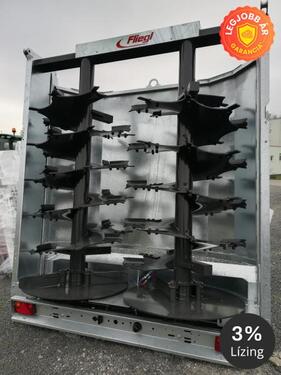
24.799 €
Fliegl Profi V2 trágyaszóró ÚJ, KEDVEZŐ ÁRON, GARANCIÁVAL!FLIEGL PROFI V2 TRáGYASZóRó ÚJ, KEDVEZŐ ÁRON, GARANCIÁVAL! Főbb jellemzők:
Gépközvetítő Kft.
7400 Kaposvár, Hungary

Premium Plus dealer

Classified ad
TOP
42.000 €
Verkaufe Lochmann Güllefass 11.000 l mit hydr. Triebachse, Bereifung 710/45 R 22.5 neuwertig, Berg/Tal Ausbringung, Nachlauflenkachse, Triebachse bis ca. 5 km/h, Vog
5311 Innerschwand, Austria
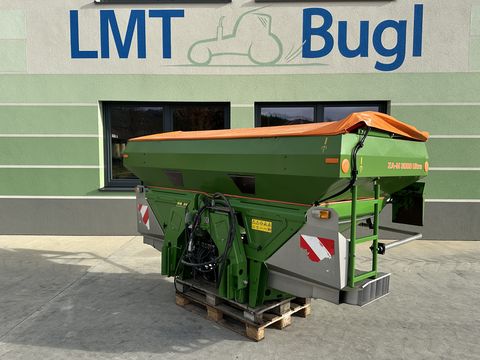
9.960 €incl. VAT 20%
Amazone Wiegestreuer ZA-M 3000 Ultra Profis Hydro* hydraulischer Streuscheibenantrieb* 3000 Liter Behältervolumen* Wiegeeinrichtung* Grenzstreueinrichtung*
ACA Partner LMT-Bugl GmbH
3383 Hürm, Austria

Premium Plus dealer
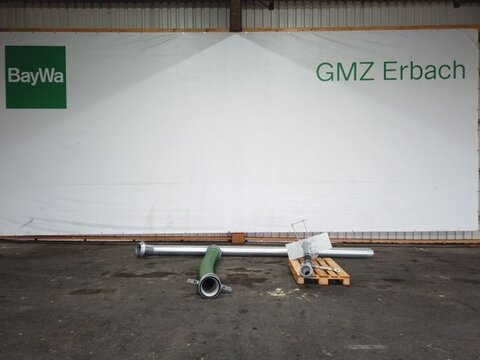
4.284 €incl. VAT 19%
Die Maschine steht an unserem BayWa Standort in DE-89155 Erbach.Gerne steht Ihnen Herr Straub unter Tel.: 07305 173 52 für Ihre Anfrage zur Verfügung!BSA Rohre Prall
Premium Gold dealer
Mineral fertilizer spreaders and weighing spreaders play a central role in modern agriculture when it comes to the efficient and precise application of fertilizers. Both types of machine offer individual advantages to ensure the supply of nutrients to the fields. But which model is best suited to your farm?
Mineral fertilizer spreaders are the classic machines for the uniform application of solid fertilizers. They distribute the fertilizer evenly using preset parameters such as spreading width and application rate. These spreaders are robust and easy to operate and maintain.
Weighing spreaders, on the other hand, have an integrated scale that measures the amount of fertilizer applied in real time in addition to the spreading function. This precision function enables the fertilizer quantity to be automatically adjusted to the requirements of the field, thus minimizing possible losses. This prevents over- or under-fertilization, resulting in optimal nutrient utilization, increased efficiency and cost savings.
The choice between a mineral fertilizer spreader and a weighing spreader depends heavily on the individual requirements of the farm. While mineral fertilizer spreaders are a good choice for smaller or less specialized farms due to their simplicity and low cost, weighing spreaders offer clear advantages for technology-savvy farms and those that cultivate large areas due to their precision and automation.
Calibration is crucial to ensure precise application of the fertilizer quantity. An incorrectly calibrated spreader can lead to uneven fertilization, which can result in yield losses or excessive costs. Calibration should therefore be checked before each use.
The optimum working width depends on the size of your farm and the machinery used. As a rule, working widths are between 12 and 42 meters. Modern spreaders are often adjustable so that they can be flexibly adapted to the respective requirements.
Both mineral fertilizer spreaders and weighing spreaders are characterized by a long service life, especially if they are regularly maintained. Spreading discs, agitators and bearings on used machines should be checked regularly for wear. With weighing spreaders in particular, it is important that the weighing technology works perfectly and is calibrated regularly.
Whether it's a mineral fertilizer spreader or a weighing spreader, make sure the machine is in good condition. Check the spreading plate, agitators and all moving parts for wear. With a weighing spreader, you should carefully check the function of the scales and the electronics. Ask the dealer for a free demonstration or test drive to ensure that the spreader meets your requirements.